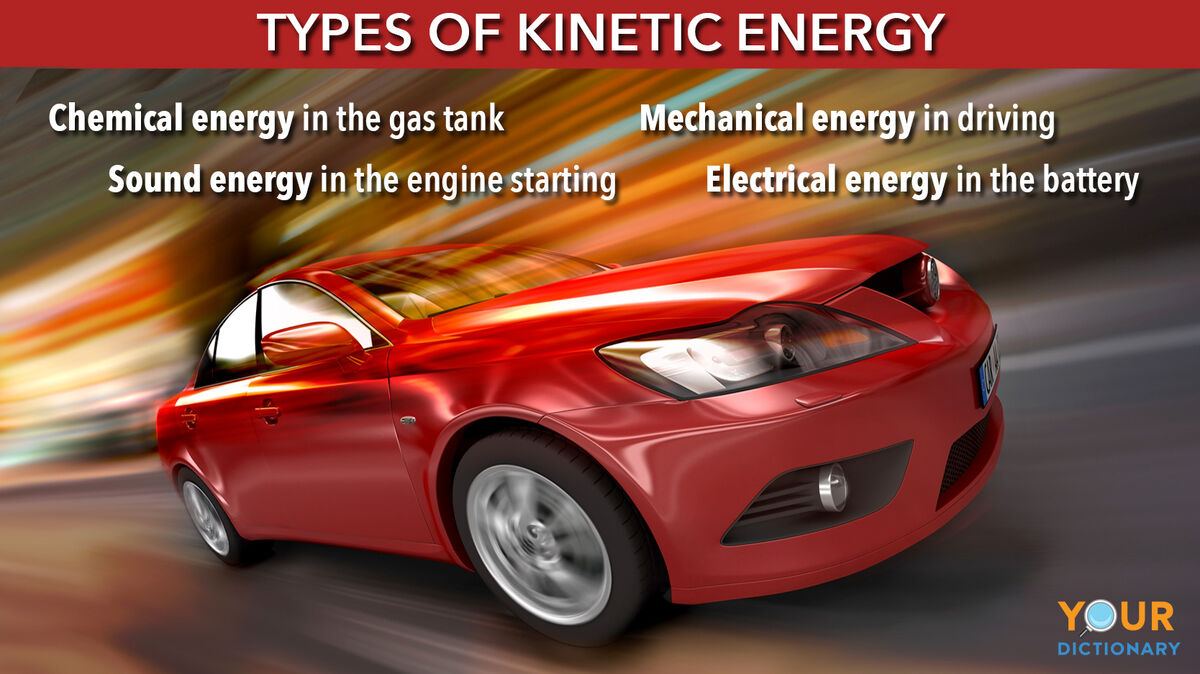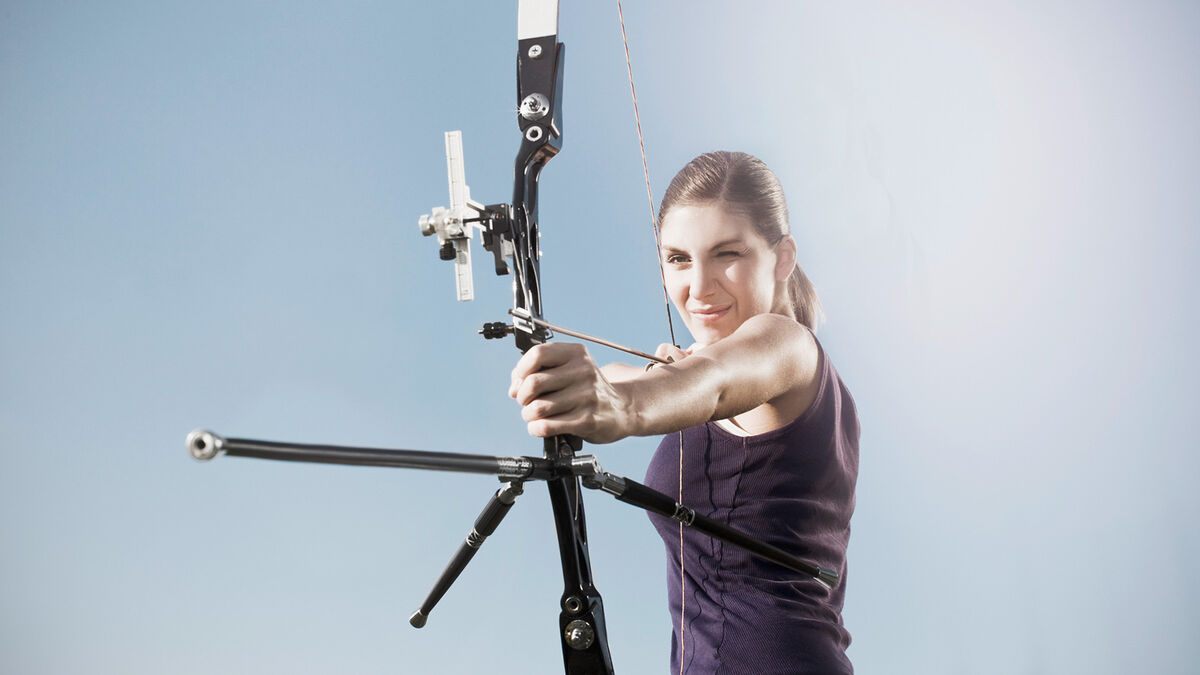
What do turning on a light switch and running a mile have in common? Both activities require energy. Energy is the ability to do work, and the types of energy used depend on the object doing the work. So what are the different types of energy? Keep reading for the 10 different types of energy in the physical world, divided into potential and kinetic forms.
Types of Potential Energy
When energy is stored in an object, it has the potential to be used. That's why it's called potential energy. Think about a runner waiting at the starting line of a race. The tension in their muscles is potential energy before the whistle blows to start the race. There are two main types of potential energy, though each type of energy has a potential form.
Gravitational Potential Energy
When an object is held in a vertical position, it has gravitational potential energy. The amount of energy it's storing has to do with the object's mass and how high it is. Heavier objects have more potential energy, as do objects that are higher. Examples of gravitational energy include:
- a book on the edge of a desk
- a skier at the top of a hill
- a ripe apple about to fall from a tree
If you drop a small rock into a lake, it will make a smaller splash than if you drop a large rock. That's because the heavier rock has more gravitational potential energy.
Elastic Potential Energy

Elastic potential energy is stored in materials that are made to stretch, such as rubber. Items with springs also hold elastic potential energy. The stretchier (or springier) the item, the more energy it can store, and the more it will stretch or bounce. Some examples of elastic potential energy are:
- a person jumping on a trampoline
- an archer stretching an arrow on a bow
- a balloon holding air
All of these examples allow elastic materials and springs to hold potential energy. When they release the energy, it becomes kinetic.
Types of Kinetic Energy
Potential energy converts to kinetic energy when it's released. The energy held in the springs of a trampoline, for example, converts to mechanical energy when the trampoline bounces someone up high. However, there are other forms of kinetic energy that you see in your everyday life.
Mechanical Energy

When you see motion, mechanical energy is at play. It uses potential energy stored in an item to create movement. Objects using mechanical energy can also move thanks to conversion from other types of energy. Examples of mechanical energy you see every day include:
- driving a car
- hammering a nail
- riding a bike
Electrical Energy
Electrical energy comes from electric charges. We channel the energy from these charges in wires and electrical cords in order to use them to light up our house. Examples of electrical energy in your everyday life include:
- static from rubbing a balloon on your hair
- turning on a light switch
- charging your cell phone
Chemical Energy
Chemical energy is the energy released when chemical bonds form or break like in chemical reactions. You aren't likely to see this type of energy on the molecular level, but you can see it in the following examples:
- burning wood in a bonfire
- using batteries for electricity
- digesting food
Nuclear Energy
Nuclear energy typically brings about images of atom bombs and nuclear power plants. It occurs when atoms fuse (fusion) or split (fission). It is used to heat houses or destroy whole landmasses. Examples of nuclear energy include:
- nuclear plants producing electricity
- an atomic bomb
- fission on the sun
Electromagnetic Energy
Electromagnetic energy carries light energy on electromagnetic waves. That makes electromagnetic energy one of the only types of energy seen with the human eye. Examples of light from electromagnetic energy include:
- burning a candle
- flipping a light switch
- turning on a flashlight
Radiant Energy
The sun is a source of nuclear energy and light energy, but it's also a great source of radiant energy! Radiant energy is a type of energy that creates heat and light. Other examples of radiant energy besides the sun include:
- energy produced by a microwave
- infrared lamps
- X-ray machines
Thermal Energy
Thermal energy keeps you warm. Also called heat energy, radiant energy gives off heat and has three types: convection, conduction, and radiation. Examples of thermal energy include:
- a cake baking in the oven
- heat from an electric heater
- a cup of hot cocoa
Sound Energy
Sound energy is an easy one because you hear it. When vibrations create sound energy, it goes to your ear and is translated by your brain into the strumming of a guitar or call of your mother’s voice. Additional examples of sound energy include:
- the pop of a balloon
- a sound of a car engine starting
- a crying baby
Knowing Your Energy
You can find all different forms of energy around you. The two basic types include potential and kinetic energy, but they split into other forms. Chemistry and physics are so interesting. Learn more about chemistry by exploring chemical property examples. Explore more about energy flow with examples of insulators. From there, discover how hydraulic systems work.